Challenges on Energy Transition
Biomethane's Growing Role and Emerging Barriers

Introduction
In our quest for sustainable energy solutions, a pivotal challenge remains: reducing harmful emissions from the transport sector and electricity generation. As we have discussed in previous blogs, the European energy transition is crucial, and finding viable alternatives to fossil fuels is key. Enter biomethane, a potential solution that’s gaining traction. Its versatility extends across various applications, from home heating to vehicle propulsion and even electricity generation. Biogas and biomethane, in particular, are emerging as promising alternatives to traditional fossil fuels.
Nevertheless, it’s essential to emphasize that the energy transition will be possible through a diverse mix of renewable sources, including hydro, biomass, solar, and wind power. Thus, while striving for ambitious targets, it’s crucial to maintain flexibility and embrace a holistic approach to achieving a sustainable energy future.
In 2021, the EU made significant strides, producing 3.5 billion cubic meters (bcm) of biomethane and 14.9 bcm of biogas. A European Parliament amendment to the proposed EU Gas Regulation (RePowerEU) lays down that Member States shall ensure that by 2030 at least 35 bcm of biomethane is produced and injected into the natural gas system. This initiative is crucial for safeguarding the security of the EU’s gas supply, decreasing dependence on fossil fuel gas imports and ensuring EU’s energy transition [1]. In the current geopolitical context, strengthening internal energy resilience serves as a key strategy for the EU. However, despite these ambitious goals, it seems achieving the targeted production of 35 bcm of biomethane (more detailed info in European Biomethane Potential and Future Projections) may be unfeasible due to a wide range of barriers. Let’s delve deeper into these barriers.
Challenges & Barriers
Feedstock Availability and Sustainability:
One of the major challenges lies in the insufficient availability of sustainable feedstock to meet the 35 bcm biomethane target in EU. In the SEMPRE-BIO project, we delve into the challenges associated with the feedstocks of sewage sludge (used in CS1), green waste (CS2) and manure (CS3).
Let’s take a look at sewage sludge first. In this case, anaerobic digestion or AD (the process by which micro-organisms break down biodegradable material in the absence of oxygen) is the best option for production of biomethane from this feedstock. However, digestate from this feedstock needs to be handled with care because of heavy metal concentrations and antibiotic resistance genes [2], as well as emerging pollutants such as microplastics.
For green waste, the main issue is due to logistics. The absence of specialized companies in forest cleaning and pruning management, tasked with transporting green waste, which is due to its nature de-centralized and sparse, to conversion technology facilities, presents a significant challenge. This scarcity can exacerbate the difficulty in accessing green pruning for processes like anaerobic digestion or pyrolysis. Without established companies for these roles, logistical hurdles may arise, impeding efficient collection and transportation of waste from generation sites to processing plants. Therefore, a holistic approach is necessary to tackle the technical challenges of green pruning management and the logistical issues surrounding its collection and transportation.
And lastly, when considering manure volumes, it’s important to take into account advice from the Chief Scientific Advisers to the European Commission. They’ve emphasized that reducing excessive meat consumption is one of the most effective ways to combat greenhouse gas emissions (GHG) [2]. If our priority is addressing climate change, we can’t continue relying on more than half of current manure volumes. However, SEMPRE-BIO goal is to effectively manage the existing production of manure without intensifying agricultural activity. Despite RePowerEU stating that 32% of the 35 bcm by 2030 will be sourced from manure [2], this percentage is overly ambitious and not feasible in reality without its subsequent lock-in effect. It is also key to keep in mind that these facilities are usually in rural areas without access to the natural gas grid for injection of biomethane, and their scale is sometimes not large enough to make biomethane production economically feasible. SEMPRE-BIO aims to tackle that by producing bio-LNG (liquified biomethane), which is much more economically feasible to transport over long distances and aims to scale down liquefaction technology while avoiding economic penalties.
Policy and Regulatory Hurdles:
Developing and implementing regulations that support biomethane production can be complex. Regulatory frameworks need to address issues such as feedstock sourcing, grid injection requirements, quality standards, financial incentives and digestates deposition policies which can be radically different depending on the feedstock. In addition, integrating biomethane into existing energy markets requires overcoming barriers related to pricing mechanisms, market access, and competition with conventional fossil fuels. Moreover, biomethane production involves multiple sectors, including agriculture, waste management, energy, and transport. Coordinating policies across these sectors to support biomethane development can be difficult due to differing priorities and interests.
Technological Complexities, Infrastructure Limitations and Investment:
Technological complexities represent other major barrier, encompassing challenges related to efficiency, scalability, and cost-effectiveness. Current biomethane production methods require refinement to enhance efficiency and reduce costs, making them more competitive with fossil-fuel energy sources. Furthermore, it is imperative to notice that for the injection of biomethane into the grid to occur, the plant must be situated near the grid infrastructure. If this is not the case, new distribution network infrastructure must be built to facilitate the transport of biomethane to the grid connection point.
Despite the mentioned above, biomethane remains a potential option to help Europe’s energy transition and for reducing GHG emissions. Nonetheless, there is still a notable lack of investment and support in this sector. In several countries, a clear comparison can be made between the countries in which biomethane is booming, such as France, and those that have equal potential but biomethane is anecdotic, such as Spain: lack of economy subsidies and regulation (in several areas, from injection to digestate management). Additionally, the financial viability of biomethane projects often faces challenges due to high initial investment costs, uncertain regulatory frameworks, and limited incentives for renewable energy sources. Without sufficient investment and supportive policies, many biomethane initiatives struggle to overcome these barriers and achieve economic viability.
Conclusions
The decision regarding the 35 bcm biomethane target requires a cautious approach, requires a comprehensive impact review and feasibility assessment. Collaboration with sustainable stakeholders and European projects are crucial to ensure alignment with the ambitious goals outlined in RePowerEU. While it is imperative to meet these targets, it is vital to acknowledge that any increase in biomethane production contributes positively to Europe’s green energy portfolio. However, there’s an urgent need for impact reviews of feedstock, increased investment, the development of innovative technology, and stronger policy support to stimulate the growth of the biomethane industry and unlock its full economic potential.
Hence, within the SEMPRE-BIO project, our aim is to expand the biomethane portfolio across Europe. We are achieving this through the validation of our three case studies, if you want to know further insights into our goals and progress, we invite you to explore our blogs dedicated to CS1, CS2, and CS3.
References:
[1] https://ec.europa.eu/commission/presscorner/detail/en/IP_22_3131
Authors: Júlia Gómez
Editorial: Lucía Salinas and Oriol Casal
Date: April, 2024


This project has received funding from the European Union’s HORIZON-CL5-2021-D3-03-16 program under grant agreement No 101084297. Views and opinions expressed are however those of the author(s) only and do not necessarily reflect those of the European Union or the European Commission. Neither the European Union nor the granting authority can be held responsible for them.

